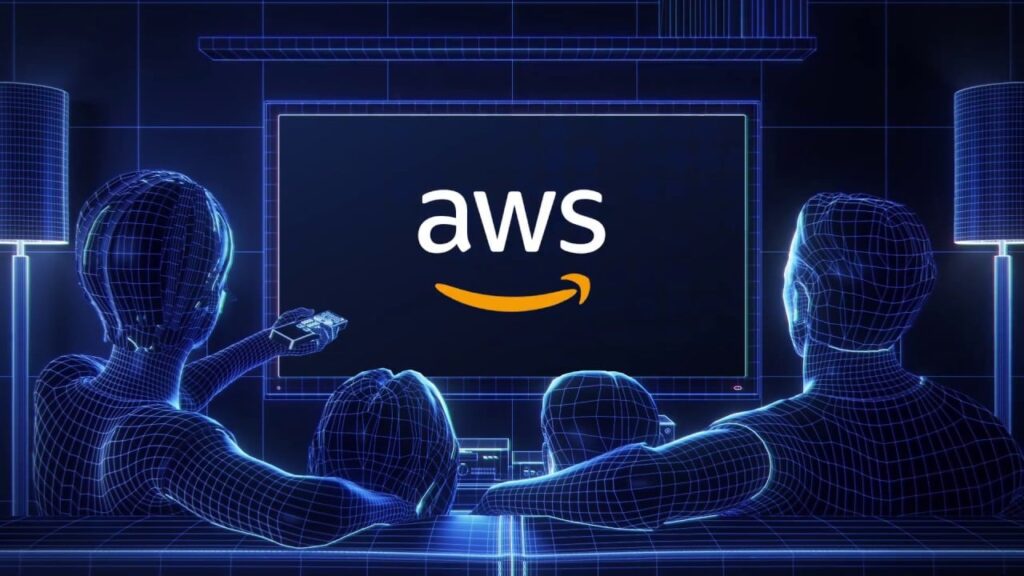DevOps Best Practices and Troubleshooting with AWS

Improve your systems’ reliability, efficiency, and scalability with DevOps and AWS.
DevOps is a set of practices that combines software development (Dev) and IT operations (Ops). DevOps aims to shorten the systems development life cycle and provide continuous delivery with high quality.
AWS is a cloud computing platform that offers a wide range of services, including computing, storage, database, networking, analytics, machine learning, and artificial intelligence.
By combining DevOps and AWS, you can improve your systems’ reliability, efficiency, and scalability.
Best Practices for DevOps
Several best practices can help you to improve your DevOps practices. These practices include:
- Automate everything: Automation is critical to DevOps. By automating tasks, you can free up time for developers and operations engineers to focus on more strategic work. You can also improve your systems’ reliability and efficiency by automating tasks prone to human error.
- Use continuous integration and delivery (CI/CD): CI/CD is a process that automates software building, testing, and deployment. By using CI/CD, you can ensure that your software is always up-to-date and that any changes are deployed in a safe and controlled manner.
- Use a continuous learning and improvement culture: DevOps is a continuous process. There is no one-size-fits-all approach to DevOps. You should regularly review your practices and make changes as needed.
Best Practices for AWS
Several best practices can help you to get the most out of AWS. These practices include:
- Use the right services for the job: AWS offers many services. Not all services are created equal. Choose the services that are right for your needs.
- Use cost-effective pricing models: AWS offers a variety of pricing models. Choose the pricing model that best fits your budget and needs.
- Use security best practices: AWS provides many security features and services. Use these features and services to protect your data and applications.
- Use monitoring and logging: AWS provides some monitoring and logging services. Use these services to track the performance of your systems and identify any potential problems.
Troubleshooting AWS Services
If you experience problems with AWS services, several resources are available to help you troubleshoot the problem. These resources include:
- AWS Support: AWS Support offers 24/7 support for AWS customers. AWS Support engineers can help you troubleshoot problems with AWS services.
- AWS Documentation: AWS provides extensive documentation for AWS services. The documentation can help you understand how AWS services work and how to troubleshoot problems.
- AWS Forums: AWS Forums are a great place to get help from other AWS users. You can post questions about AWS services and get help from other users who have experienced similar problems.
Inference
DevOps and AWS can help you improve your systems’ reliability, efficiency, and scalability. By following the best practices outlined in this article, you can get the most out of DevOps and AWS.
Here are some additional thoughts on DevOps and AWS:
- DevOps and AWS are not a magic bullet: DevOps and AWS can help you improve your systems, but they cannot solve all your problems. You must understand software development, IT operations, and cloud computing well.
- DevOps and AWS are a journey: DevOps and AWS are not a destination. They are a journey that requires continuous improvement. Be prepared to adapt your practices as you learn and grow.
- DevOps and AWS can help you achieve your business goals: DevOps and AWS can help you improve your systems, leading to improved business results. For example, you may be able to reduce costs, improve customer satisfaction, or increase revenue.